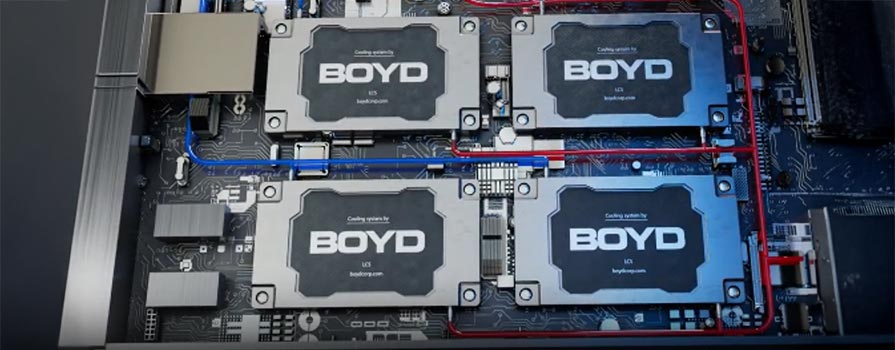Streamlining Medical Wearable Device Design for Performance & Total Cost Optimization – Part 2
We sat down with one of our Field Application Engineers to discuss how to optimize and streamline Medical Wearable Device design. Boyd is an expert in streamlining innovative design, manufacturing, and assembly of medical wearables to help product designers and medical device companies design for excellence (DFx). We help designers consider patient comfort & safety, manufacturing efficiency, product lifecycle, and total cost while navigating complex regulatory processes, providing global agility, assuring business continuity, and accelerating time to market.
Here are common questions we get as we work through Medical Wearable Device design projects with leading medical device design and manufacturing clients:
How do you incorporate electronics and functionality into extremely thin medical wearable devices?
Medical Wearable Device designers are tasked with packing a lot of sensitive and critically important electronics into very thin, streamlined wearables. There are all different types of sensor technology used because as sensors get smaller and less expensive, they’re being integrated into more devices and enabling new medical technology.
Types of Sensors Used in Wearable Devices
Electrocardiogram (ECG) monitoring devices, as an example, sense electrical stimulations based on the location of conductive electrodes worn on the chest. These patches are used to sense things like heart rate, respiratory rate, and arrhythmias. Product designers are also learning how to adapt acoustic sensors to collect heart metrics in different locations like the wrist.
Medical Wearable Devices also sense skin or body temperature with thermistors or thermocouples. Optical sensors on a wearable can measure oxygen saturation. Accelerometers and Gyroscopes can measure the wearer’s activity, movement, and positioning and can measure things like posture and fall detection.
Sharing Medical Wearable Device Data
Each sensor collects data that connects to either an embedded circuit board sandwiched within the wearable patch, or through electrical snap connectors to an external, reusable electronic module affixed to the wearable. Most of these wearable devices are using a Wi-Fi or Bluetooth transmitter to broadcast data to a secure cloud storage source accessed remotely by patients and doctors. Sensors and electronics must also be powered by a small battery which must be considered in the assembly process.
Assembling Medical Wearable Device Components Together
Medical Wearable Devices feature a large amount of very small, precise components. Due to their slim designs, there isn’t much room to accommodate all these components and there is certainly no room for misalignment. Meaning design for manufacturing and assembly accuracy are exceptionally important. Boyd has a lot of complex rotary converting processes that we leverage to cut and assemble with tight tolerance control and registration accuracy in highly automated processes. However, many medical wearable designs cannot be fully converted “on-press” in one continuous process utilizing the efficiency of traditional reel-to-reel converting methods. Because of complexity of the components used like the insertion of an electrical assembly or the attachment of snap connectors or the addition of a molded plastic housing, separate assembly steps are often required. This presents special assembly challenges that require creative process flow and innovative assembly fixture design to achieve efficient throughput and reduced labor costs.
Balancing Volume and Assembly Cost for Medical Wearable Devices
Newer medical wearable designers face special challenges as start-up companies who are trying to introduce a new technology into the market, facing long product development cycles due to regulatory / compliance requirements, and a slow ramp up due to long time of adoption. This means the economics for a fully automated assembly process are typically not feasible given the high NRE investment. Often it comes down to an efficient manual or semi-automated assembly process to help minimize these non-recurring expenses to give your wearable the best chance to succeed in the market. This is where Boyd excels in determining how best to assemble a complicated design in an efficient manner, leveraging the best of our diverse processes to assure trusted quality control. Blending the best of high precision converting with innovative assembly techniques under a highly documented, and process-controlled quality system.






